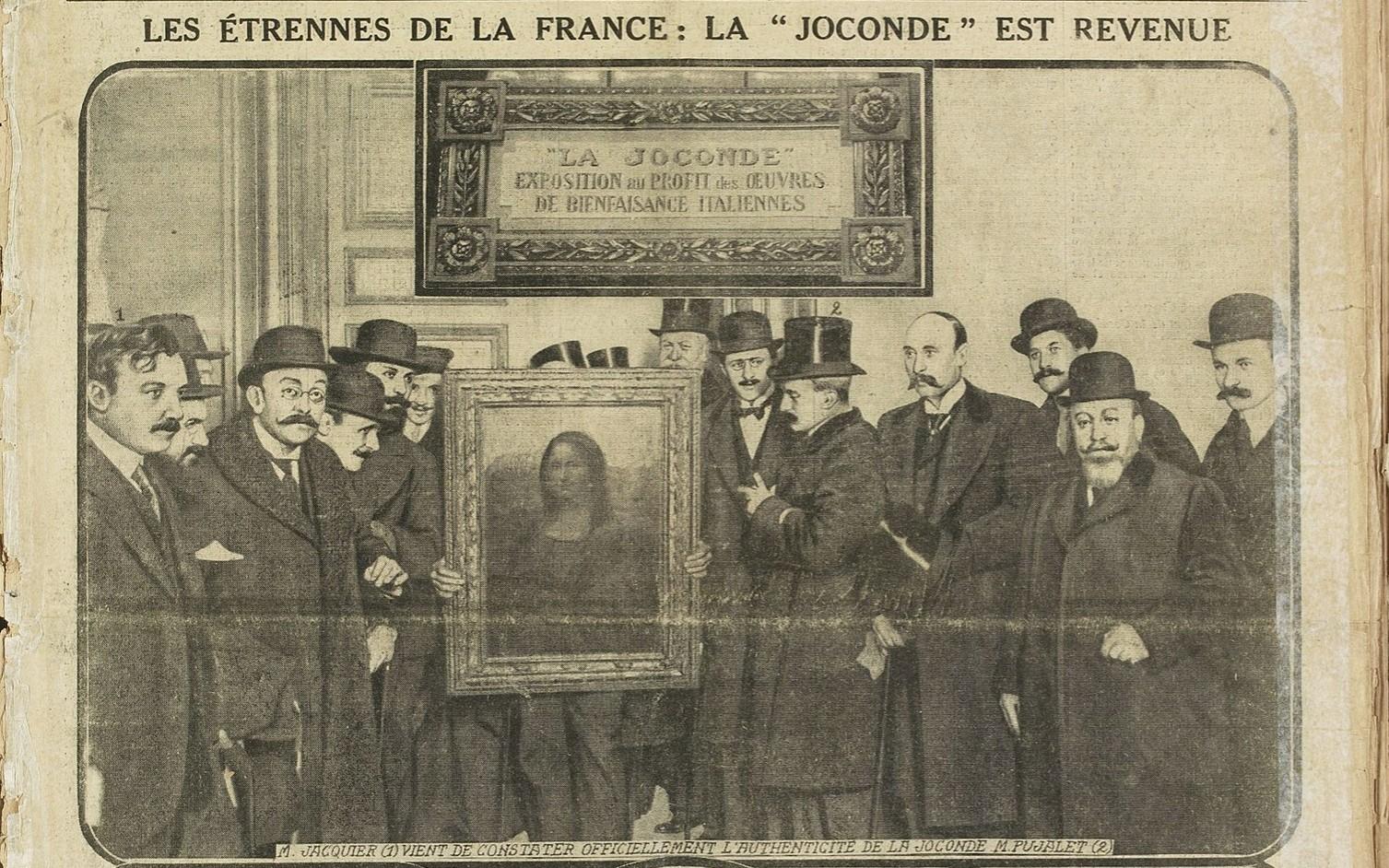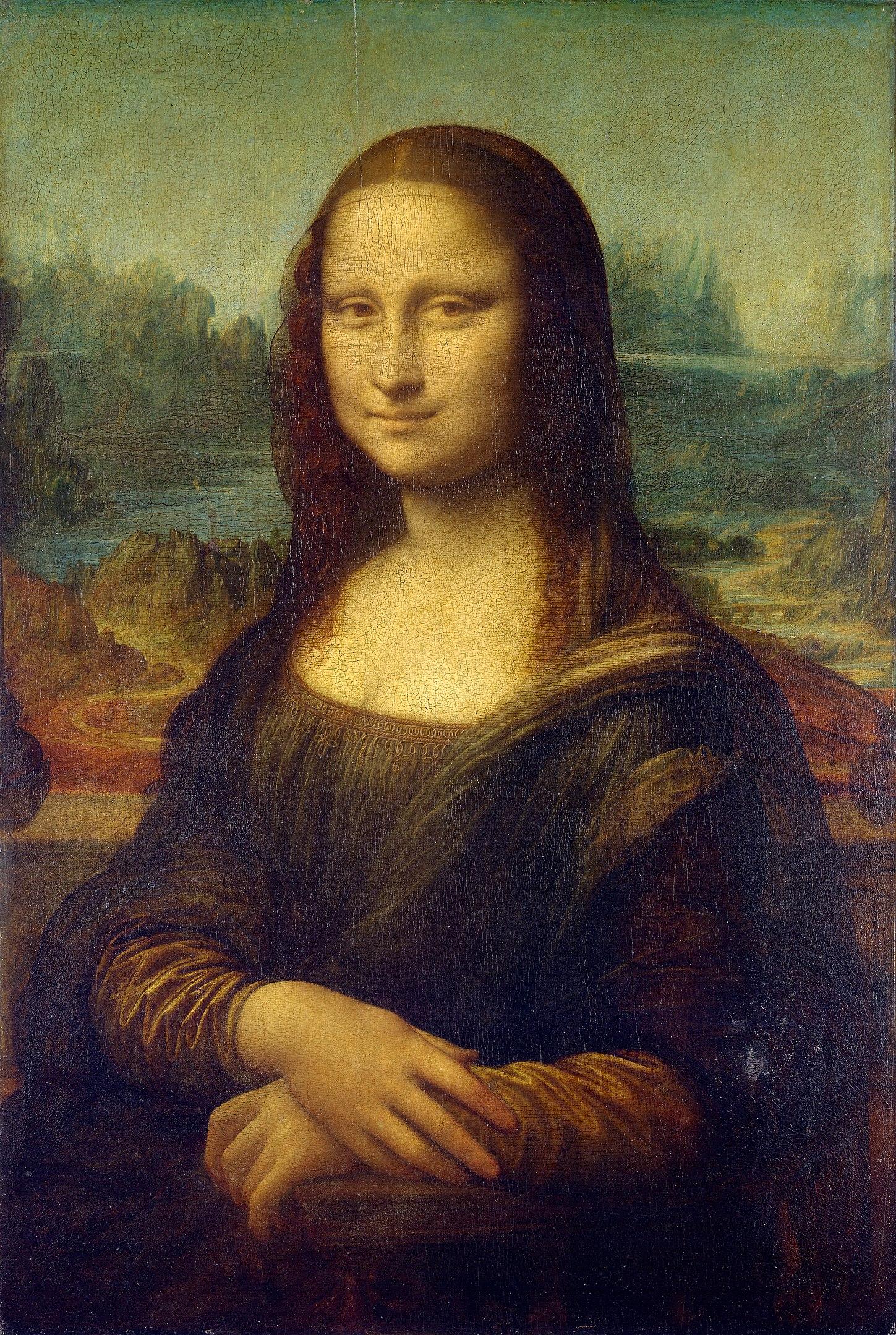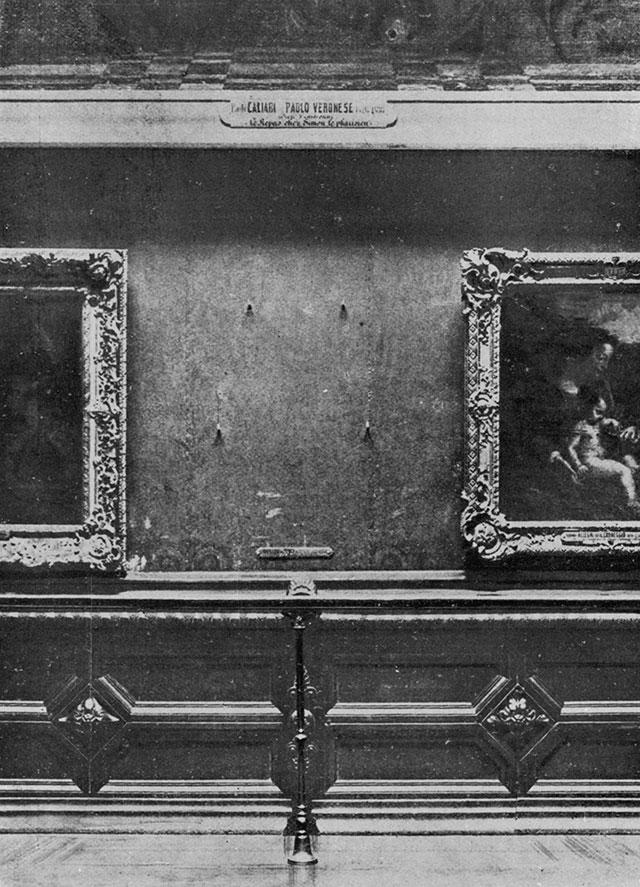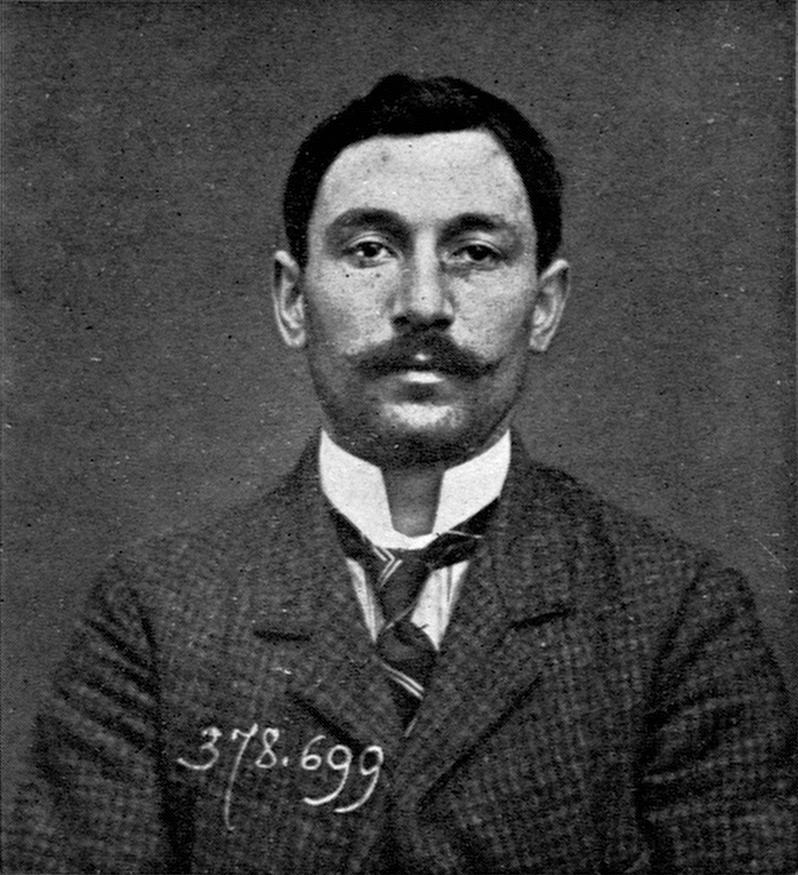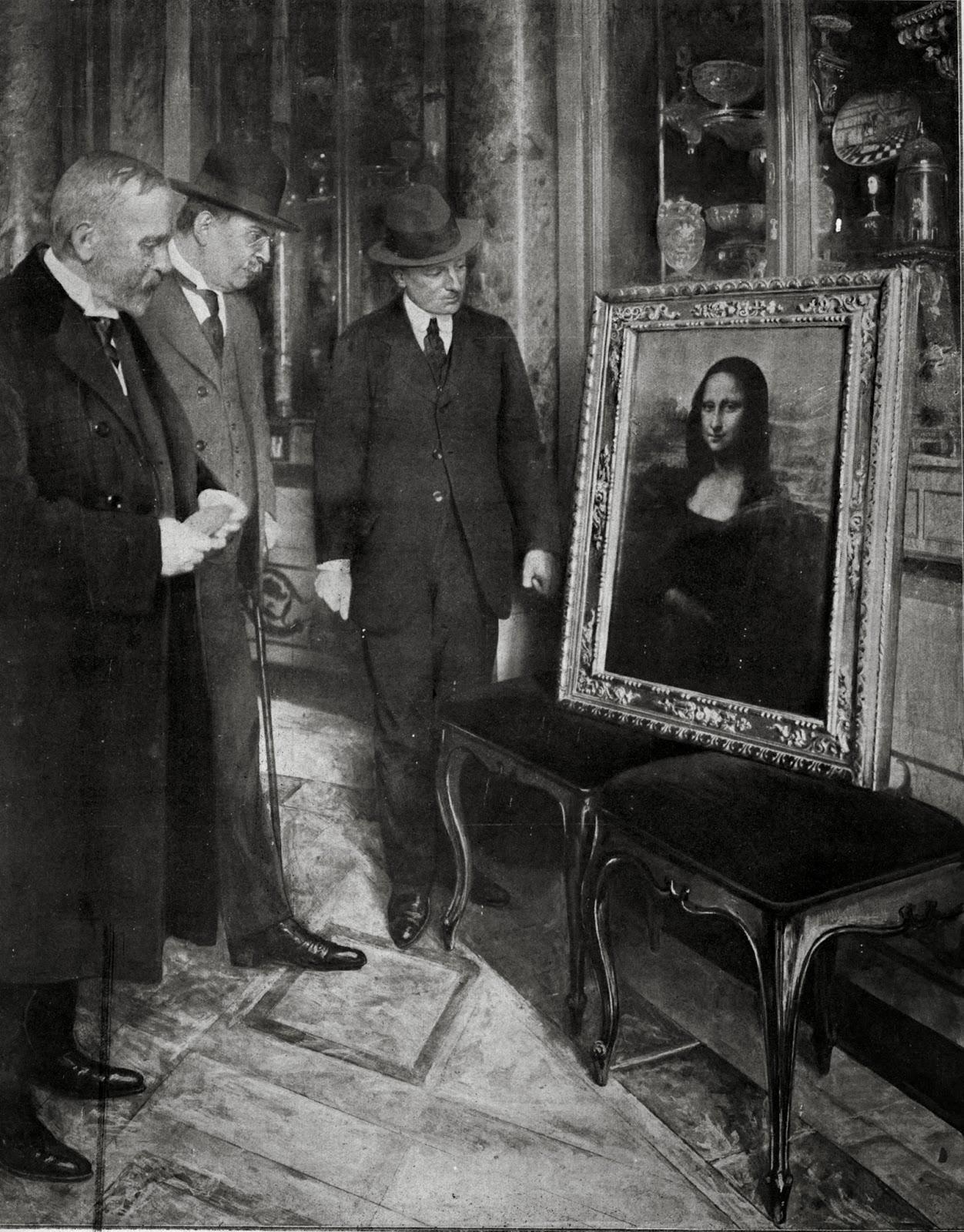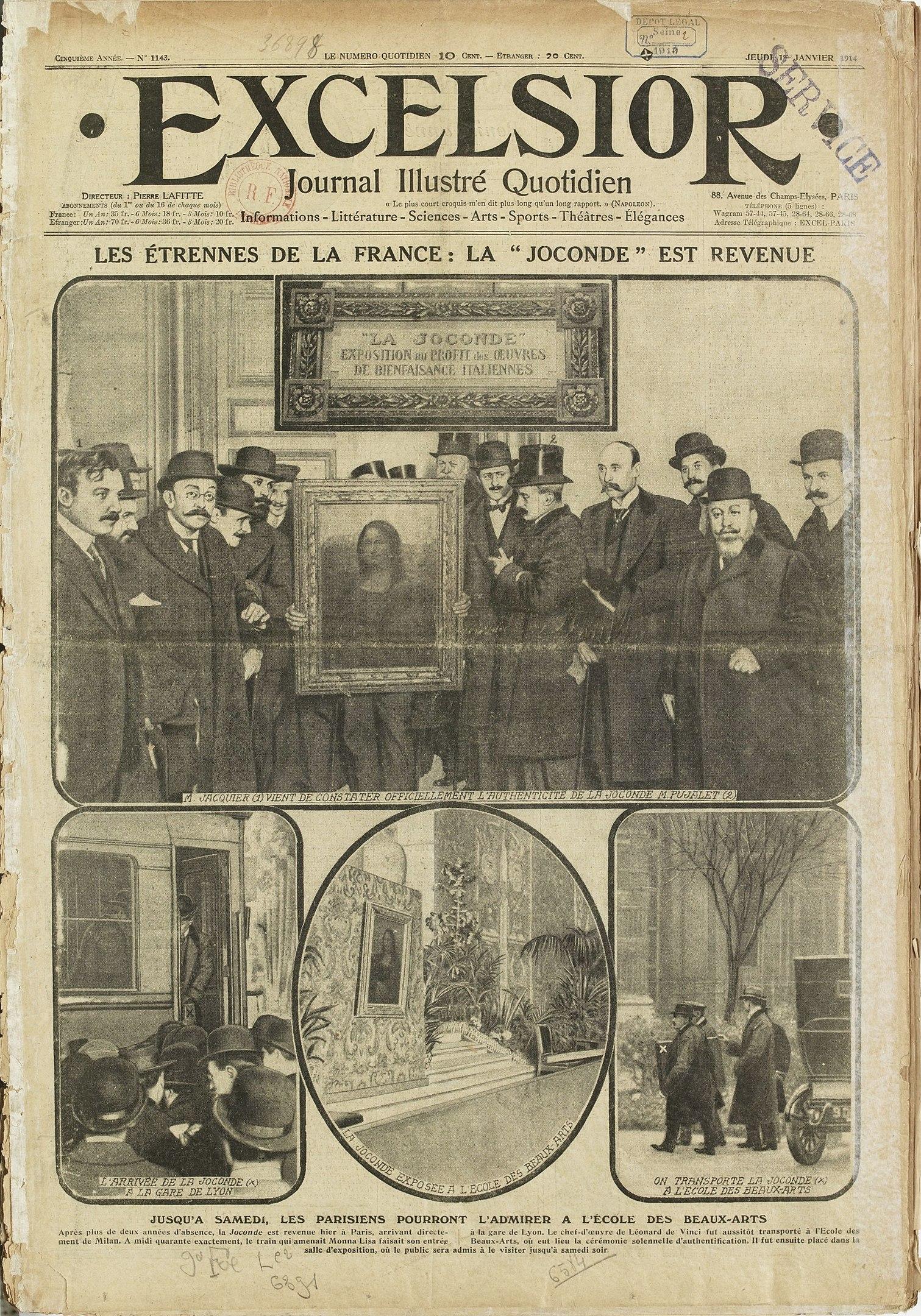In 1911, Vincenzo Peruggia walked into the Louvre in Paris wearing the white worker’s smock he had donned in the past. Instead of beginning his days work, though, he snuck into a neglected broom closet. He waited until the museum closed, and then made his way to the Mona Lisa.
Removing the painting from the wall, Peruggia wrapped it in his coat, tucked it under his arm, and walked out of the same service door he entered through. Taking the subway home, Peruggia brought the Mona Lisa back to his apartment. Because the museum was closed the next day, Peruggia had more than a full day before authorities realized it was missing.




